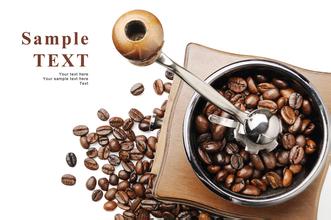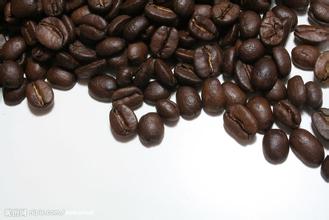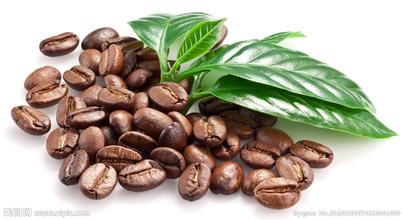Introduction to Colombian Coffee with Sun-drying and Classic treatment
Colombia is divided into 32 provinces, and Department of Tolima is located in the southwest, adjacent to the well-known boutique coffee producing areas of Huila and Cauca. Iwag, the provincial capital, Ibague.
Columbia Coffee region: Colombia Volcan de Tolima, Tolima
In Tolima province, there are north-south Andes (M. Andes) and Cordillera (M. Cordillera), and between the two famous mountain systems is the Magdalena River (R. Magdalena), which runs from south to north.
The name Tolima comes from the earliest people who lived here, "Pijao people". In the language of this ancient people (Pijao word), tolima means "snow cover" and "snowed". It is not difficult to imagine that this distant land will also be home to high-quality coffee.
Columbia Coffee region: Colombia Volcan de Tolima, Tolima
Tolima, adjacent to huila and cauca, is an area where many coffee-producing pilgrims need to make up their minds to travel. The road conditions here are not very ideal, and some of the talented people who have visited tolima all describe the bumps and hardships on the way to the car shop in their travels.
The farms in Tolima are generally slightly larger than those in other southern Colombian producing areas, ranging from 10 to 15 hectares. The cooperative approach is also popular here, where farmers send their small batches of fresh coffee and fruit to the cooperative's processing plant. Some farmers will also choose to deal with it on their own, making use of their own small-scale treatment facilities that can handle the harvest of the day. Carefully processed raw beans can be negotiated according to the cup test results, and a few batches that are outstanding will be kept as "micro batches", microlot, and sent to Bogota, the capital, for further cup testing. The rest of the raw beans are generally mixed and sold according to the cup test flavor.
Like other Colombian regions, the classic treatment here is water washing, that is, wet treatment. Sun drying

Important Notice :
前街咖啡 FrontStreet Coffee has moved to new addredd:
FrontStreet Coffee Address: 315,Donghua East Road,GuangZhou
Tel:020 38364473
- Prev

Panama Coffee Region Introduction Baru Volcano FST Santa Teresa Manor Carmen Manor
The main coffee producing areas of Chiriqui province are Boquete and Volcan-Candela, among which Boquete is famous in the world of fine coffee. Located between Boquete and Volcan-Candela, Baru Volcano is Panama's highest volcano. Fertile soil, regular precipitation and suitable altitude surrounding the volcano create conditions for the production of high-quality coffee. baanah
- Next

Costa Rica Tarazhu Coffee is famous in the world of fine coffee
Among Costa Rica's many excellent producing areas, there is a famous producing area Tarrazu, also known as Tarrazu. Tarajoo is renowned in the world of fine coffee and is one of the world's leading coffee producers. In the 2014 COE competition, 17 of the 23 listed beans came from Tarasu. Tarasu is located in the fertile volcanic region of Central America.
Related
- Does Rose Summer choose Blue, Green or Red? Detailed explanation of Rose Summer Coffee plots and Classification in Panamanian Jade Manor
- What is the difference between the origin, producing area, processing plant, cooperative and manor of coffee beans?
- How fine does the espresso powder fit? how to grind the espresso?
- Sca coffee roasting degree color card coffee roasting degree 8 roasting color values what do you mean?
- The practice of lattes: how to make lattes at home
- Introduction to Indonesian Fine Coffee beans-- Java Coffee producing area of Indonesian Arabica Coffee
- How much will the flavor of light and medium roasted rose summer be expressed? What baking level is rose summer suitable for?
- Introduction to the characteristics of washing, sun-drying or wet-planing coffee commonly used in Mantenin, Indonesia
- Price characteristics of Arabica Coffee Bean Starbucks introduction to Manning Coffee Bean Taste producing area Variety Manor
- What is the authentic Yega flavor? What are the flavor characteristics of the really excellent Yejasuffi coffee beans?

